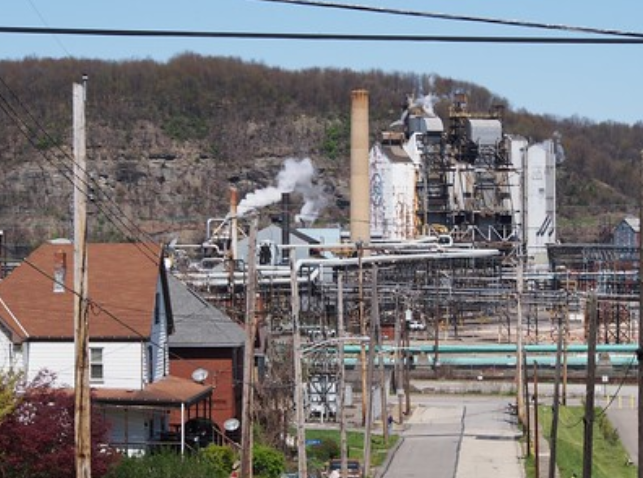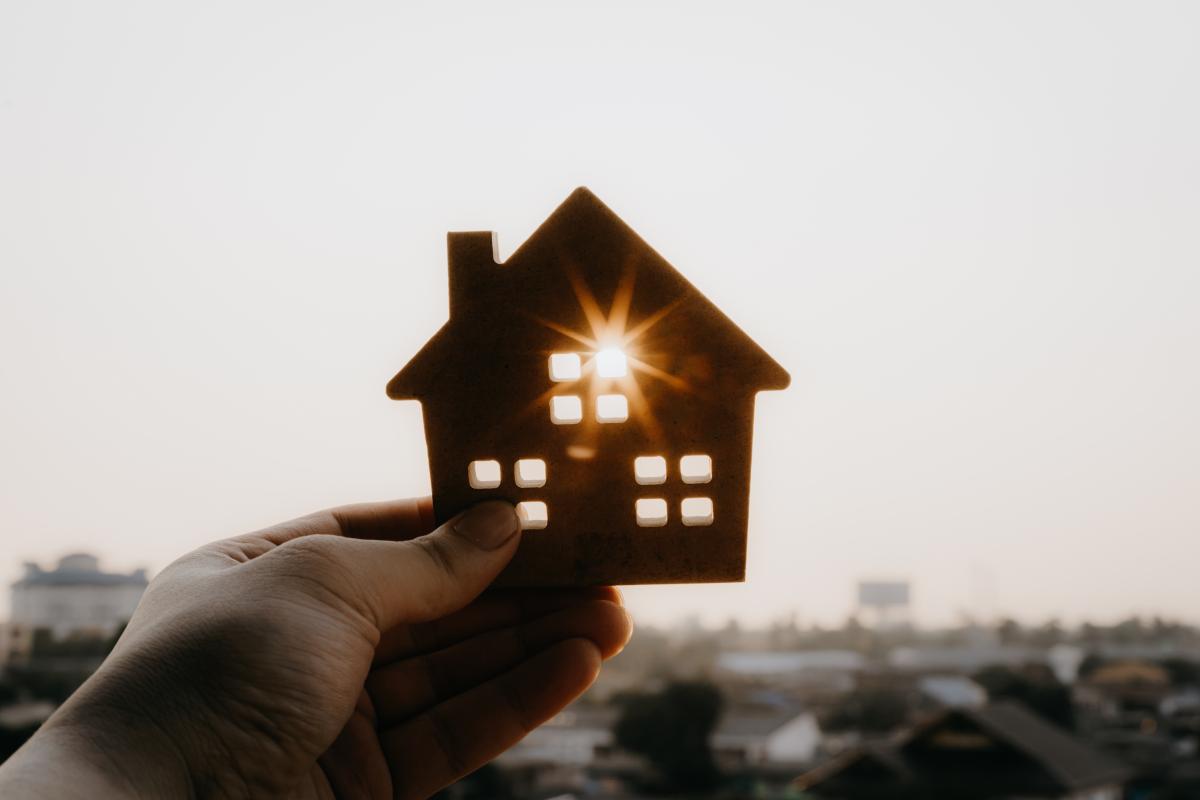Enhancing weather data collection

Helen Greatrex received a Research Innovations with Scientists and Engineers (RISE) seed grant from the Institute for Computational and Data Sciences (ICDS) for the project “Standardizing Satellite Weather Analysis.”
While Greatrex describes her project as primarily, “back-end computing,” the purpose is to facilitate more efficient analysis of satellite weather data.
“At the heart of remote sensing is the idea of combining photographs from space in different wavelengths to tell us something about the Earth,” Greatrex said. “There are many different ways to estimate something like rainfall, so there are many products out there—each with their own combination of algorithms, satellites, and cameras. The needs of users are equally diverse, so there is no perfect satellite product—instead you have to work out the best one for you.”
For example, Greatrex said, the best rainfall product for daily malaria forecasting in Uganda will be different than the best one for drought monitoring in Vietnam.
To support her work with different users, she is developing a standardized set of methods for storing and analyzing satellite weather data, using the Penn State supercomputer Roar to speed up the analysis.
“Then we can spend our time analyzing and understanding what the results show, rather than reinventing the wheel each time to download and format,” Greatrex said.
RISE is a team of ICDS computational scientists, data scientists, and software engineers who help researchers leverage advanced techniques and skills for their research projects. The grant provides access to the team to complement and enhance computationally intense projects.
Investigating health in fenceline communities
 Louisa Holmes received an Institutes of Energy and the Environment (IEE) seed grant for “Engaging Underserved Communities in Environmental Assessment for Healthy Living.” Her co-investigators are Mallika Bose, professor of landscape architecture and Melissa Bopp, associate professor of kinesiology.
Louisa Holmes received an Institutes of Energy and the Environment (IEE) seed grant for “Engaging Underserved Communities in Environmental Assessment for Healthy Living.” Her co-investigators are Mallika Bose, professor of landscape architecture and Melissa Bopp, associate professor of kinesiology.
The aim of the project is to empower underserved and racially diverse neighborhoods in the Pittsburgh area to improve their local environments leading to improved health outcomes.
Holmes said the project will build on existing relationships they have in the Monongahela Valley using a community-based participatory research approach to meet three objectives.
“First, we will obtain baseline information on nutrition, physical activity, and air quality in fenceline communities, such as Clairton, Pennsylvania,” she said.
Previous research has shown that fenceline communities, or neighborhoods adjacent to industrial facilities, are exposed to more pollution.
“Second, we will work with local community organizations and Penn State Greater Allegheny faculty to craft community-based policy approaches that will help alleviate health disparities related to those factors,” Holmes said.
;“Third, we will pilot innovative methodological approaches to community-based research in this area, for example using body cams and ecological momentary assessment.”
Holmes said the research team is in the process of meeting with community members “to establish the way forward that works best for them, while also allowing us to gain academic utility from the project.”
Assessing energy equity and housing
 Emily Rosenman received an IEE seed grant for the project “Energy Retrofit Policy and Programs in Low-Income Housing Markets: Implications for Energy Equity in Cleveland, Ohio.” Her co-PI is Esther Obonyo, associate professor of architectural engineering and director of the Global Building Network in the College of Engineering.
Emily Rosenman received an IEE seed grant for the project “Energy Retrofit Policy and Programs in Low-Income Housing Markets: Implications for Energy Equity in Cleveland, Ohio.” Her co-PI is Esther Obonyo, associate professor of architectural engineering and director of the Global Building Network in the College of Engineering.
The purpose of the project is to assess energy retrofit programs in low-income housing markets by mapping and analyzing programs in Cleveland as a case study.
The knowledge may then be adapted for Pennsylvania cities and other places with older housing stocks, historical legacies of racial segregation, and high numbers of low-income renters, Rosenman said.
“There are a lot of incentive programs for affordable housing developers and landlords to retrofit units and we’re investigating how and whether these are used and who they benefit in Cleveland,” Rosenman said.
“We are doing an assessment of policies and programs around energy retrofits, especially how they are financed and who benefits from reduced energy costs. We are also looking at displacement and will be interviewing people in the affordable housing and energy retrofit industries.”

